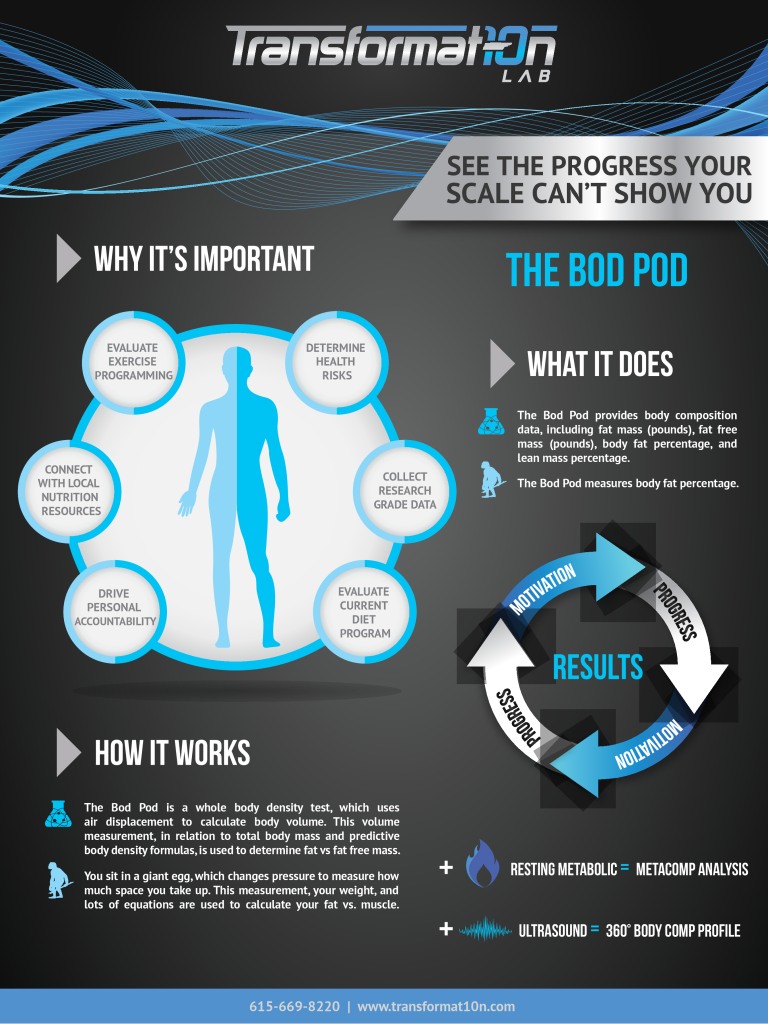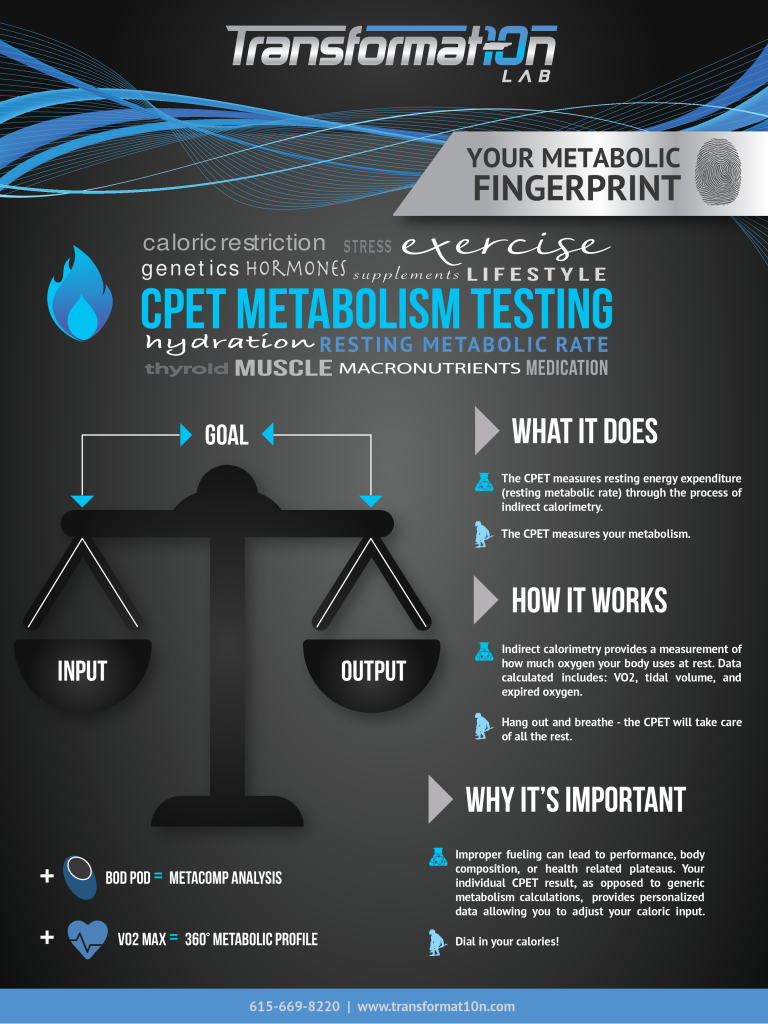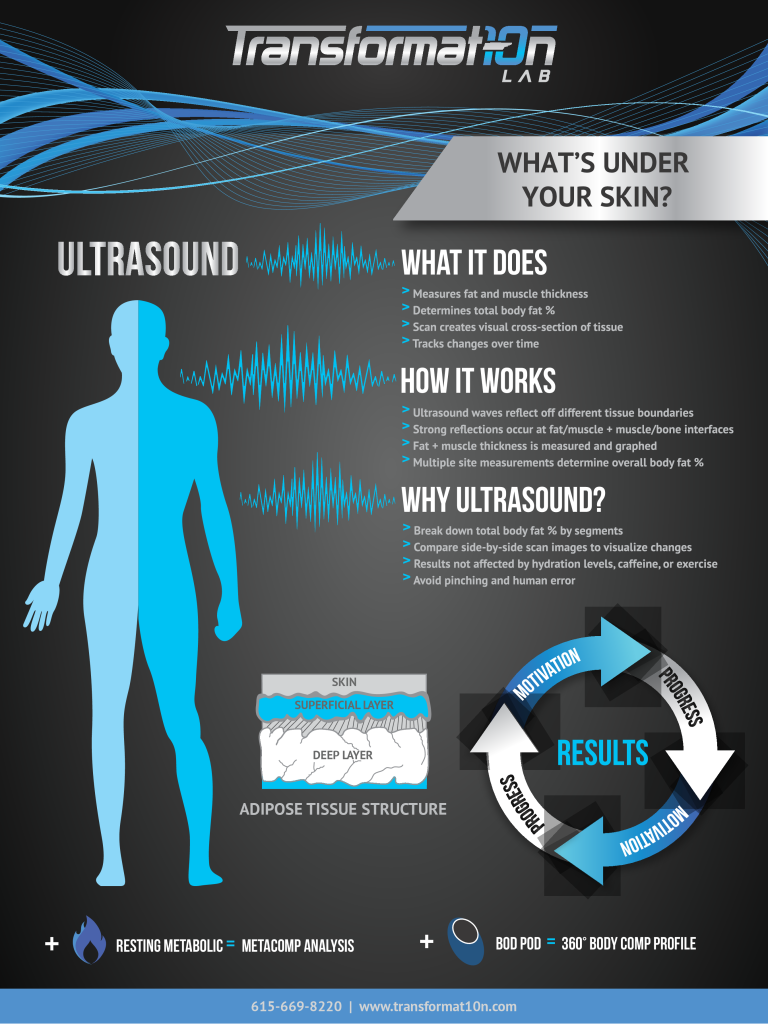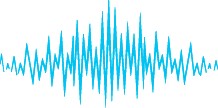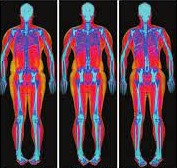Caloric Balance: What goes in?
Last week, we looked at a simple, yet effective way to estimate the “out” part of the calorie equation – your total daily energy expenditure or TDEE. This week we turn to the part of the equation we have the greatest control over: what goes in.
Keep in mind, there are only three options when it comes to our caloric intake relative to expenditure:
- Surplus (Intake > Expenditure)
- Deficit (Intake < Expenditure)
- Maintenance (Intake = Expenditure)
And despite all the exciting new nutrition research and flashy dietary approaches, any sensible nutrition professional will tell you that proper caloric balance is the number one factor in determining body composition change.
What is your primary goal?
From a body composition standpoint the two obvious choices here are fat loss or muscle gain. Yes, yes, we want to build muscle AND lose fat too. But remember, we can’t be in a calorie deficit (ideal for fat loss) and a calorie surplus (ideal for muscle gain) at the same time. Maintenance can work at times to “toe the line” between fat loss and muscle gain, but clients generally get the best results when they choose either deficit or surplus based on their primary goal and stick with it long enough to see progress.
To be clear, it’s not impossible to increase muscle in a calorie deficit. But it can be difficult. Whether or not you are able to do so will have a lot to do with your current training status, your skeletal muscle history (i.e. if you’ve had higher muscle mass before), and your genetic potential. Adam Tzur of Sci-Fit, put together this excellent article and chart if you are interested in a summary of the current research. In most cases, for those that want to lose fat, setting a goal to simply maintain as much lean body mass as possible will be a good starting point. If you happen to smash that, then party on!
Consumption < Expenditure: Fat Loss Goals
Mild Deficit: 10-15% (~150-450 calories/day) below TDEE
Ideal result –> slow fat loss – generally <6 lbs over a 12-week period. Moderate increases in strength/performance with little to no loss of lean body mass.
Moderate Deficit: 20-25% (~450-750 calories/day) below TDEE
Ideal result –> medium fat loss – approximately 8-14 lbs over a 12-week period. Slight increases in strength/performance with small loss of lean body mass (<15% of weight lost as lean body mass).
Major Deficit: >30% (~750+ calories/day) below TDEE
Ideal result –> rapid fat loss – potential for 14+ lbs over a 12-week period. Maintain strength/performance (or at least minimize degradation) with <25% of weight lost as lean body mass.
Note: a major deficit may be inappropriate for some individuals — those in the lean and ultra lean ranges may be more susceptible to muscle loss. For anyone considering a caloric intake below RMR (resting metabolic rate), it is highly recommended you meet with a dietitian prior to starting your plan to assure adequate micronutrient (vitamin and mineral) intake.
Consumption > Expenditure: Muscle Gain
Mild Surplus: 10-15% (~150-450 calories/day) above TDEE
Ideal result –> slow muscle gain – generally <3 lbs over a 10-week period. Notable increases in strength/performance with minimal body fat accumulation.
Moderate Surplus: 20-25% (~450-750 calories/day) above TDEE
Ideal result –> slow-to-moderate muscle gain – approximately 3-6 lbs over a 10-week period. Maximized strength with goal of <30% of weight gained as fat mass.
Note: we’ve axed the major surplus category (think “dirty bulk”) as it doesn’t seem to add any greater potential for muscle gain (our opinion) vs. a moderate surplus. Individuals looking to increase weight for athletic or health reasons may still find it beneficial to fuel 30% (~750+ kcal) above TDEE particularly in situations when fat gain is appropriate or desired.
STOP WITH ALL THE NUMBERS!!
We hear you friends. Numbers and tedious calorie tracking are not for everyone – nor do they need to be. There are ways to manage caloric balance via healthy habits instead. The key to making this work is to focus on minimally processed food and minimize meals out. If tracking isn’t for you or you simply need a break — test out one of the strategies below to help manage your energy balance more intuitively.
For fat loss: EAT SLOWLY and to 80% fullness.
That’s right. Super simple (or so we think), but how many times do we find ourselves in the following pattern:
- We get super hungry
- We mindlessly scarf down our food (usually while doing something else)
- We don’t give our natural hunger and fullness cues a chance to regulate our eating/appetite.
Compare that approach to…
- We have a plan for when – or at least how many times – we plan to eat each day.
- We set our fork down between bites, chew food completely, and look around (or converse with company).
- Our natural hunger and fullness cues can help guide us to know when we’ve had “enough.”
For fat loss the goal is 80% full – also described as feeling satisfied, but not stuffed at each meal. The focus on eating slowly is an absolute game changer and can be challenging for many of us – don’t feel bad if it takes a few tries to change your pace.
For muscle gain: Eat to 100% full and add 1-2 Super Shakes per day.
One of the easiest ways to boost calorie intake with minimal effort is to prepare a nutrient-dense Super Shake (click here to learn how to build yours). Try adding this before bed or during any longer gaps you may have in your day.
Kurt Lockhart
CISSN, ACSM-CPT

